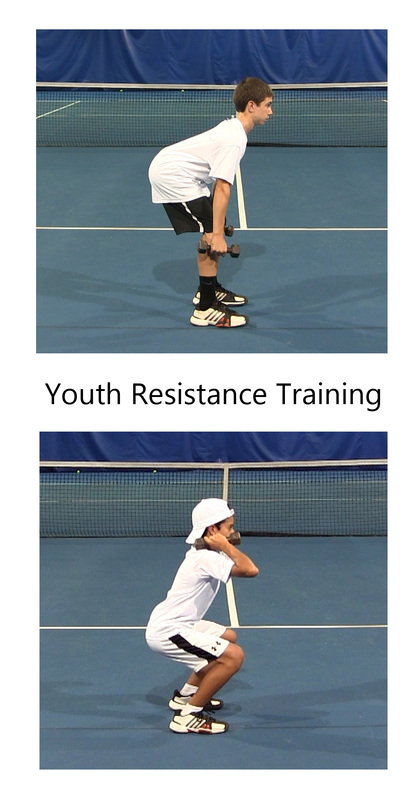The summary of the document concludes with this statement: “A compelling body of scientific evidence supports participation in appropriately designed youth resistance training programmes that are supervised and instructed by qualified professionals.”
1. “The use of resistance training by children and adolescents is supported on the proviso that qualified professionals design and supervise training programmes that are consistent with the needs, goals and abilities of younger populations.”
2. “Parents, teachers, coaches and healthcare providers should recognize the potential health and fitness-related benefits of resistance exercise for all children and adolescents. Youth who do not participate in activities that enhance muscle strength and motor skills early in life may be at increased risk for negative health outcomes later in life.”
3. “Appropriately designed resistance training programmes may reduce sports-related injuries, and should be viewed as an essential component of preparatory training programmes for aspiring young athletes.”
4. “Regular participation in a variety of physical activities that include resistance training during childhood and adolescence can support and encourage participation in physical activity as an ongoing lifestyle choice later in life.”
5. “Resistance training prescription should be based according to training age, motor skill competency, technical proficiency and existing strength levels. Qualified professionals should also consider the biological age and psychosocial maturity level of the child or adolescent.
6. The focus of youth resistance training should be on developing the technical skill and competency to perform a variety of resistance training exercises at the appropriate intensity and volume, while providing youth with an opportunity to participate in programmes that are safe, effective and enjoyable.”
Read the position stand for more detail:
- The use of resistance in youth is recommended
- The need exists for appropriately designed programs
- Programs need to be appropriate for training age, motor skill competency, technical proficiency and current strength levels.
Read the full International Consensus below:
Position statement on youth Resistance Training the 2014 International Consensus
Please follow the iTPA Facebook page (www.facebook.com/itpatennis), the twitter feed (@itpatennis) and the iTPA website for more information on this topic and other updates related to tennis-specific performance enhancement and injury prevention www.itpa-tennis.org





 RSS Feed
RSS Feed
